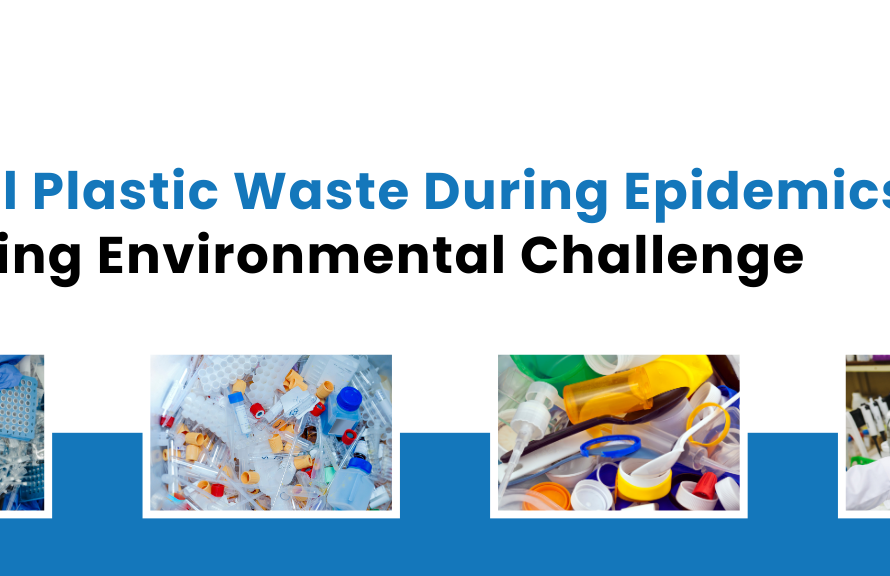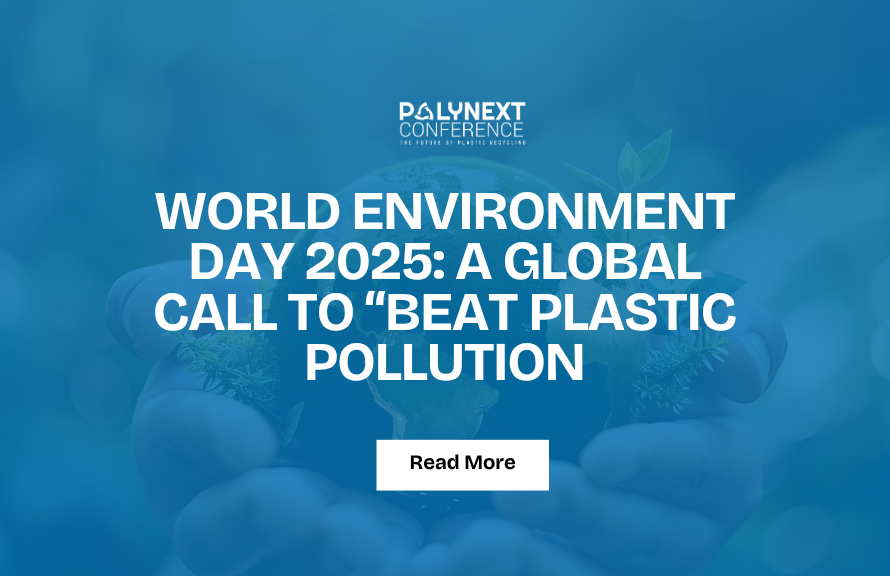Plastics have defined the modern age. They are in our homes, hospitals, vehicles, and smartphones. Flexible, lightweight, and low-cost plastics have enabled medical innovation, protected our food, lightened cars and airplanes, and made electronics portable. Their versatility is unmatched. And yet, the same traits that make plastics so useful—especially their durability—are also the root of a growing crisis.
Each year, the world produces over 400 million metric tons of plastic, and most of it is used only once. The result? Mounting plastic waste in oceans, landfills, rivers, and even the air we breathe. Microplastics have been detected in human blood, lungs, and placenta. While recycling is often promoted as a solution, the truth is sobering—less than 10% of plastic waste is actually recycled globally. The rest is landfilled, incinerated, or leaks into nature, where it may persist for centuries.
We are now at a turning point. The linear “take-make-dispose” model is no longer sustainable. But this crisis also presents an opportunity: to rethink the chemistry, design, and use of plastics altogether.
From Problem to Possibility
Scientists, engineers, and innovators are reimagining plastics in exciting new ways—transforming them from environmental burdens into materials that fit within circular, low-carbon systems.
Let’s explore some of the most promising frontiers:
1. Next-Generation Feedstocks
Traditionally, plastics are made from fossil fuels. But this is changing. Researchers are now creating plastics from renewable carbon sources—including carbon dioxide, methane, agricultural waste, and biomass. These not only reduce reliance on oil but can also help close the carbon loop by turning greenhouse gases into valuable materials.
For example, carbon dioxide can be polymerized with epoxides to produce polycarbonates, while methane can be converted into biodegradable polyhydroxyalkanoates (PHAs). These routes are still developing but signal a future where plastics may help combat, not contribute to, climate change.
2. Biodegradable & Compostable Polymers
For applications like food packaging, agricultural films, or disposable cutlery, biodegradable plastics offer a potential solution—materials that perform well in use but safely break down in compost or soil environments.
Popular options include PLA (polylactic acid) from corn starch, PHA from bacteria, and PBS (polybutylene succinate). However, not all “biodegradable” plastics degrade equally well in the real world. That’s why researchers are working on new polymer backbones with better degradation performance across a range of environments—from marine to landfill to industrial compost.
3. Chemical Recycling Breakthroughs
Unlike mechanical recycling, which often downgrades material quality, chemical recycling breaks plastics down into their original monomers—allowing true “like-new” regeneration.
Exciting new approaches include:
Enzymatic depolymerization: Using tailored enzymes to break down PET into its basic building blocks.
Catalytic pyrolysis & solvolysis: High-efficiency systems that convert mixed plastics into fuels or virgin polymers.
Dynamic covalent chemistry: Designing polymers that can break and reform bonds under controlled conditions—ideal for recycling complex products.
This shift could make previously unrecyclable materials—including multilayer packaging and colored plastics—part of a circular future.
4. Smarter Plastic Design
The future of plastics also lies in designing for recyclability from the start. This means creating polymers that:
Are easily separable
Use single-material layers for packaging
Include additives that make them more detectable or sortable
Avoid harmful chemical additives
Some companies are even working on smart plastics—materials that change color when degraded, or respond to light or moisture to trigger breakdown.
5. Policy, Innovation, and Partnerships
Technical solutions are essential—but they must be matched with systems that support responsible plastic use. Governments around the world are beginning to act through:
Extended Producer Responsibility (EPR) laws
Plastic taxes and bans on specific single-use items
Investment in infrastructure for collection, sorting, and recycling
At the same time, cross-sector partnerships are forming between chemical companies, waste managers, retailers, and researchers to pilot scalable circular systems.
Conclusion: From Crisis to Reinvention
The story of plastics is far from over—but it is changing. We are moving from an era of convenience and consumption to one of conscious design and circularity.
Plastics, when redesigned with sustainability in mind, can still be part of the solution—helping reduce food waste, lower emissions, and create materials tailored to the needs of a growing, warming world. But that future will require bold collaboration between science, industry, government, and consumers.
The question is no longer “How do we get rid of plastics?” but rather:
“How do we make plastics that align with the world we want to live in?”
And with growing momentum, that vision is closer than ever.
PolyNext 2025: Shaping the Future of Plastics
As the global focus on sustainable materials intensifies, PolyNext 2025 emerges as a vital platform for innovation, collaboration, and real-world impact. Set in Dubai, this premier event unites industry leaders, scientists, startups, and policymakers to rethink and redefine the lifecycle of plastics.
Venue: Crowne Plaza Deira, Dubai
Date: October 1–2, 2025
Theme: Bioplastics, Advanced Recycling, and the Circular Economy
Why It Matters:
From breakthrough chemical recycling methods to scalable biopolymer solutions, PolyNext 2025 is where tomorrow’s plastic innovations are not just showcased—but fast-tracked toward implementation. The event plays a key role in aligning innovation with environmental responsibility.
Website: https://polynextconf.com/#
References
1. Brooks A. Abel & Geoffrey W. Coates, Introduction: The Future of Plastics Sustainability, Chemical Reviews, 2025, 125(3), 1255–1256. https://pubs.acs.org/doi/10.1021/acs.chemrev.4c00958
2. Fraunhofer UMSICHT, New Guide to the Future of Plastic, 2023. https://www.umsicht.fraunhofer.de/en/press-media/press-releases/2023/new-guide-to-the-future-of-plastic.html

